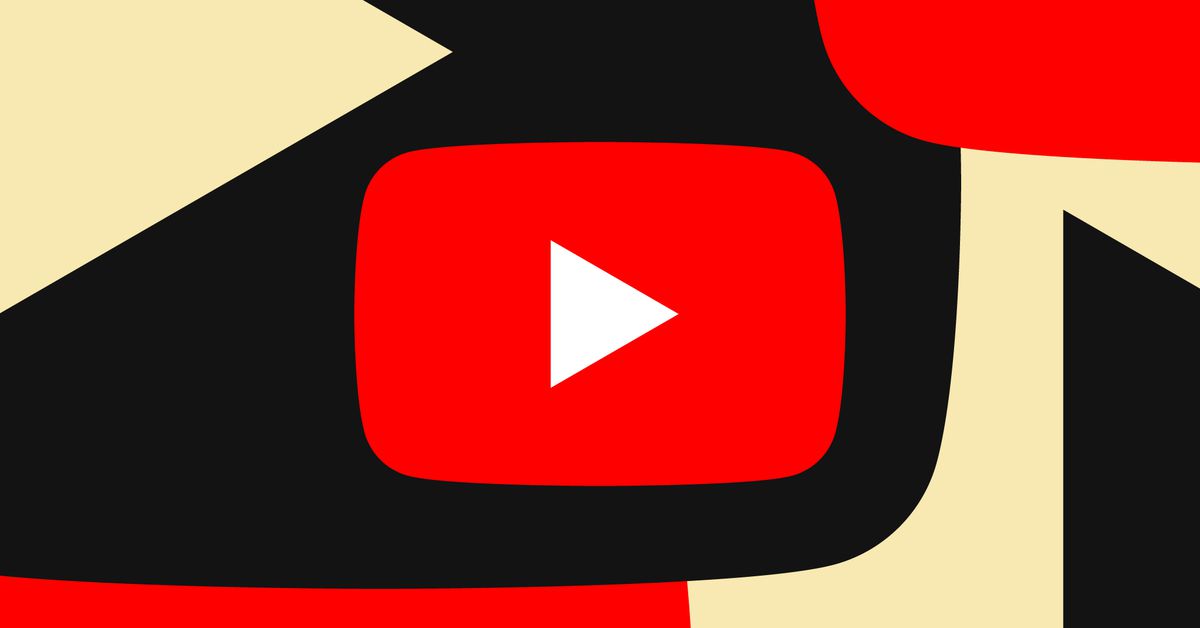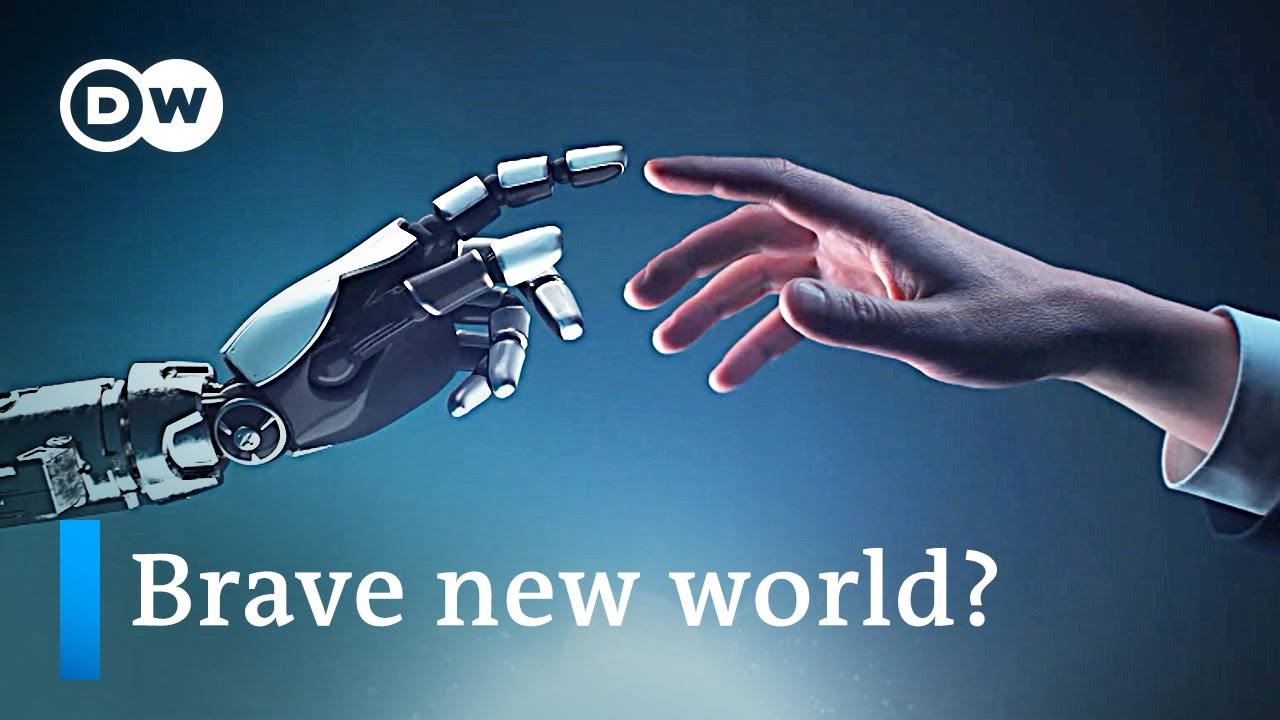In a recent announcement, YouTube has rolled out a new feature that will allow creators to opt-in for third-party companies to use their videos in training AI models. This development comes as the online video sharing platform continues to navigate the ever-evolving landscape of artificial intelligence (AI) and its applications.
What Does This Mean for Creators?
To be clear, the default setting for this new feature is off, meaning that creators do not have to take any action if they do not want third-party companies to use their videos in AI training. However, if a creator wishes to allow this, it will be an option available to them.
"We see this as an important first step in supporting creators and helping them realize new value for their YouTube content in the AI era," said Rob from TeamYouTube in a support post. "As we gather feedback, we’ll continue to explore features that facilitate new forms of collaboration between creators and third-party companies, including options for authorized methods to access content."
Authorized Scraping: An Option for Creators
The feature will be rolled out in YouTube Studio over the next few days, with unauthorized scraping remaining prohibited. According to the support post, creators will have the option to pick and choose which third-party companies can train on their videos or allow all approved companies to access them.
Initial List of Third-Party Companies
The initial list of companies that will be allowed to use creator’s videos for AI training includes:
- AI21 Labs
- Adobe
- Amazon
- Anthropic
- Apple
- ByteDance
- Cohere
- IBM
- Meta
- Microsoft
- Nvidia
- OpenAI
- Perplexity
- Pika Labs
- Runway
- Stability AI
- xAI
These companies were chosen because they are building generative AI models and are likely sensible choices for potential partnerships with creators, according to a YouTube spokesperson.
Background on Unauthorized Scraping
This announcement follows reports of AI models from big companies being trained on content scraped from YouTube. Google itself has been using YouTube data to improve the product experience for creators and viewers across both platforms, including through machine learning and AI applications. The company stated that this practice is consistent with the terms that creators agree to.
Conclusion
The introduction of this new feature marks an important step in supporting creators and enabling them to realize value from their content in the AI era. By providing an opt-in option for authorized scraping, YouTube aims to facilitate collaboration between creators and third-party companies while maintaining a safe and respectful environment for all users.
While some may view this development as a positive step forward, others may have concerns about the implications of allowing third-party companies to use creator’s content without their explicit permission. As the AI landscape continues to evolve, it will be essential for YouTube and other online platforms to remain vigilant in balancing the needs of creators with the demands of innovative technologies.



